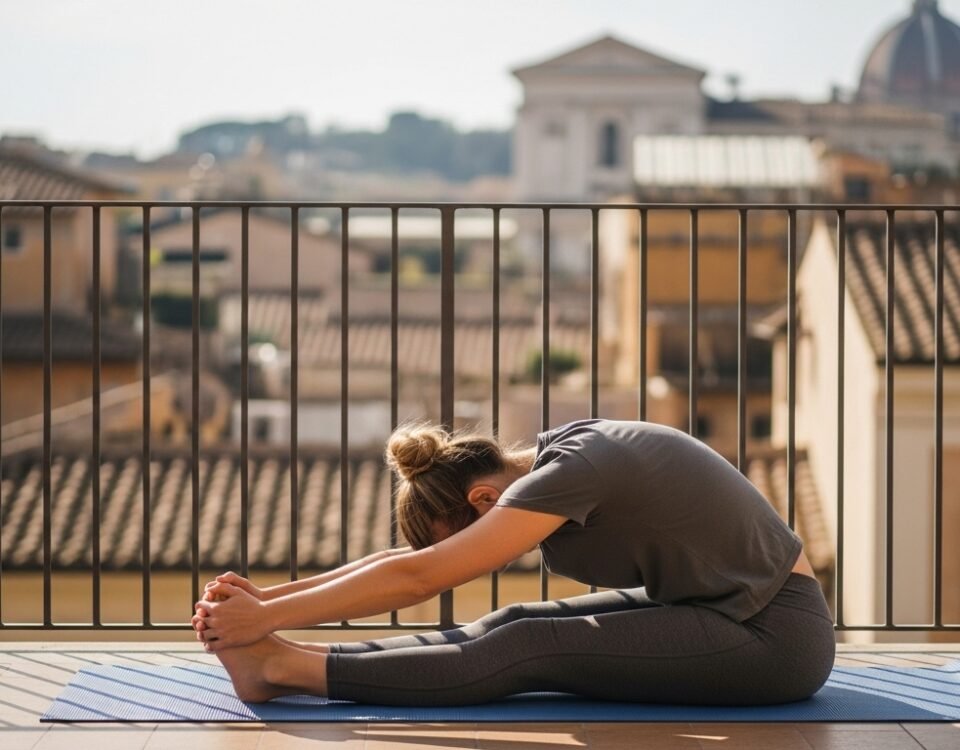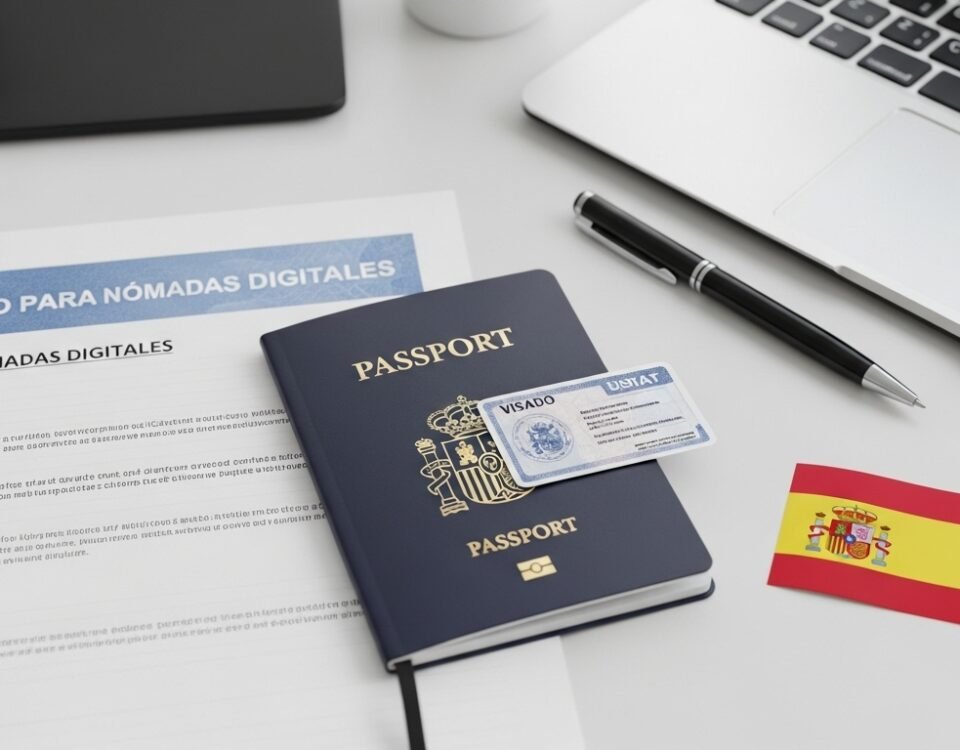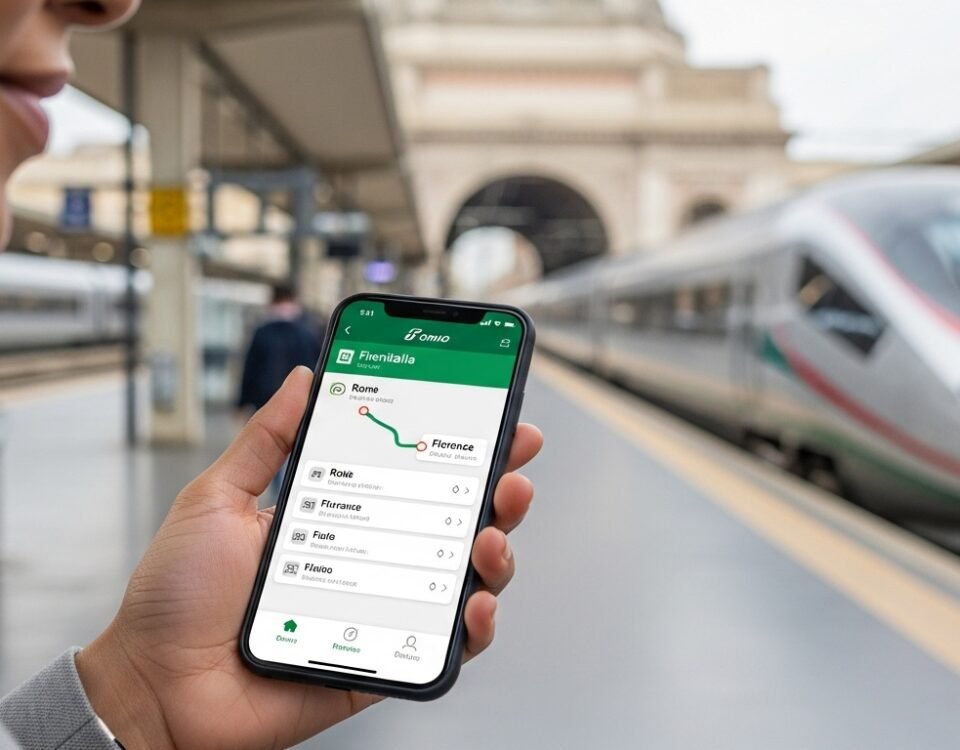When you first become a digital nomad, the temptation is overwhelming: see everything, now. You create a frantic checklist of cities—a week in Lisbon, four days in Barcelona, a weekend in Rome. You’re constantly packing, unpacking, and running to the next airport. After a few months, the initial thrill is replaced by a deep, pervasive exhaustion.
This is nomad burnout, and it's the number one reason people abandon this lifestyle. The problem isn't the travel; it's the speed.
There is a better way. It’s a philosophy that prioritizes depth over distance and connection over checklists. It's called slow travel. For those wondering what is slow travel, it's the key to transforming a frantic trip into a sustainable, fulfilling life.
What is Slow Travel? It's a Mindset, Not a Speed
Slow travel isn't about moving at a snail's pace. It's about consciously choosing to spend a longer period of time in one place to gain a deeper understanding of it. It's the decision to live in a city, not just visit it.
Instead of rushing to see the top ten tourist attractions, you find your favorite neighborhood cafe. You learn the name of the owner of the local market. You build a routine. You become a temporary local.

The 4 Pillars of a Better Nomad Life
Embracing slow travel fundamentally improves every aspect of the nomad experience.
1. You Build Deeper Connections
It's incredibly difficult to form meaningful friendships when you're leaving in a week. As I covered in my [Guide to Making Friends as a Nomad](link-to-your-post), real community takes time. By staying in one place for a month or more, you give yourself the runway to move past the superficial conversations and build genuine, lasting bonds with other nomads and locals.
2. You Drastically Reduce Your Costs
Constant travel is expensive. Flights, trains, and last-minute accommodation bookings add up quickly. By staying in one place, you unlock massive savings:
Monthly Discounts: You can get significant discounts on Airbnb or find much cheaper deals on local rental sites.
Fewer Transport Costs: You're not spending hundreds each month on travel between cities.
Local Knowledge: You learn where the locals shop for groceries and which restaurants offer the best value, saving you from tourist-priced meals.
3. You Eliminate Burnout
The constant logistics of travel—booking, packing, navigating a new city every week—is mentally draining. Slow travel replaces this chaos with the calm of routine. Having a stable home base, even a temporary one, allows you to properly rest, recharge, and avoid the decision fatigue that leads to burnout.
4. Your Professional Work Improves
It's hard to do deep, focused work when you're constantly in transit. My time as a resident student in Rome taught me that productivity thrives on stability. Slow travel provides the structure you need to maintain a professional work schedule, meet your deadlines without stress, and ultimately, grow your career.
How to Embrace Slow Travel: The One-Month Rule
The easiest way to start is by adopting the "one-month minimum" rule. Commit to spending at least one full month in every new city you visit. This simple constraint forces you to change your entire approach. You'll stop thinking like a tourist and start thinking like a resident, and that shift makes all the difference.
The true art of this lifestyle isn't about how many stamps are in your passport; it's about the quality of your experience. Understanding what is slow travel and embracing its principles is the key to a richer, more sustainable, and ultimately, more rewarding life on the road.
What does slow travel mean to you? Share your thoughts in the comments below!


